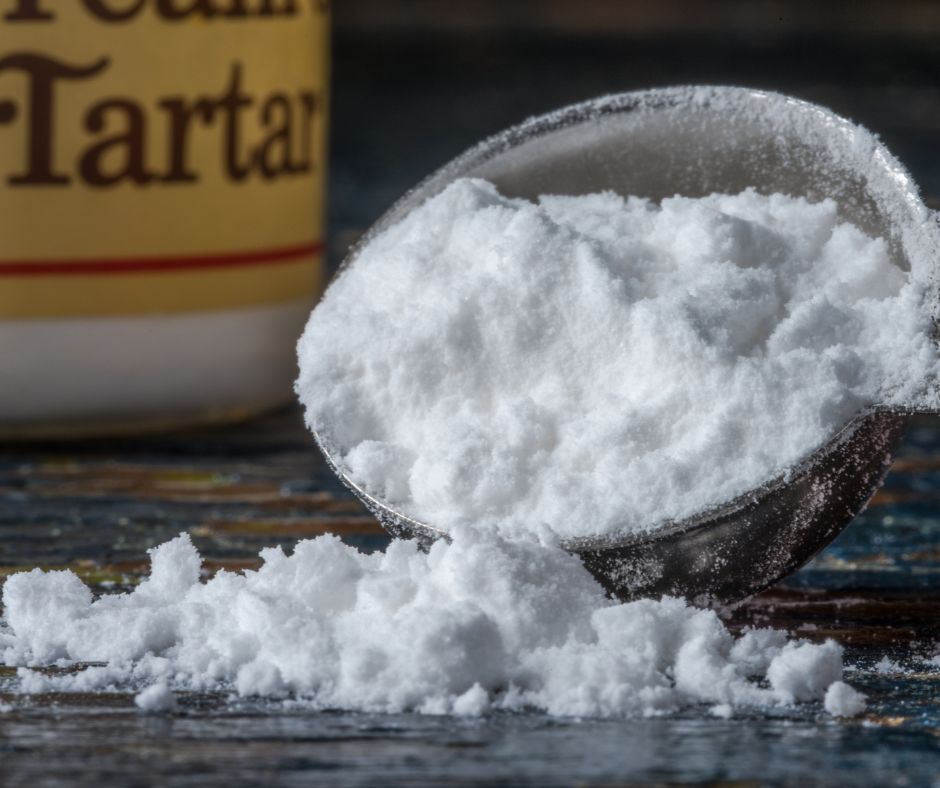
Cream of tartar, known scientifically as potassium bitartrate or potassium acid tartrate, is more than just a byproduct of winemaking. This versatile substance, forming as crystalline deposits in wine casks, offers a range of uses from culinary to cleaning. As a white, slightly acidic powder, it plays a significant role in baking and household maintenance.
Understanding the nutritional aspects of cream of tartar illuminates its health benefits. One teaspoon (3 grams) provides a mere 8 calories, without any fat, protein, or fiber. However, its standout feature is the high potassium content, with one teaspoon offering 495 milligrams. Potassium is crucial for maintaining healthy blood pressure levels and supporting heart health.
Cream of tartar is traditionally thought to alleviate migraine headaches.
Interestingly, cream of tartar has been suggested to assist in smoking cessation efforts, offering a natural aid for those looking to quit.
Due to its high potassium content, cream of tartar is believed to help maintain electrolyte balance in the body, which is vital for nerve function and muscle contraction.
Some people use cream of tartar as a home remedy for urinary tract infections (UTIs), believing that it can alter the pH of urine, which may help to flush out bacteria.
As a natural diuretic, cream of tartar is sometimes used to reduce water retention by promoting increased urination. This can be helpful in reducing bloating and swelling.
Anecdotal reports suggest that cream of tartar, when mixed with water or lemon juice and applied topically, can help treat acne due to its acidic properties.
Some individuals use cream of tartar as a home remedy for heartburn, believing its alkaline properties can help neutralize stomach acid.
In addition to helping with smoking cessation, there is a belief that cream of tartar can help cleanse the body of nicotine.
Due to its purported anti-inflammatory properties, cream of tartar is sometimes used in home remedies for relieving joint pain, particularly associated with conditions like arthritis.
The historical applications of cream of tartar are diverse and fascinating.
Cream of tartar is generally safe when used in cooking or baking in small amounts. However, like many substances, it can have side effects, especially if consumed in large quantities or used improperly. Here are some potential side effects to be aware of:
Cream of tartar is a multifaceted ingredient, rich in history and applications. While some of its health benefits are anecdotal, its potassium content is indisputable, contributing to various bodily functions. In the kitchen, it adds flavor and texture to recipes, and as a cleaning agent, it remains a reliable household staple. Although more research is needed to fully understand its health implications, cream of tartar continues to be a valuable component in both culinary and domestic realms.
Please continue reading to learn how our readers have used Cream of Tarter. Please let us know if this remedy helped you!
